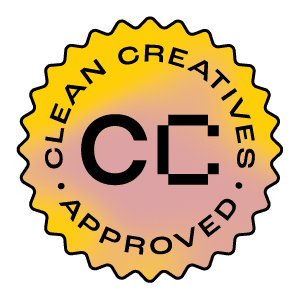Five Ways to Create Shared Value
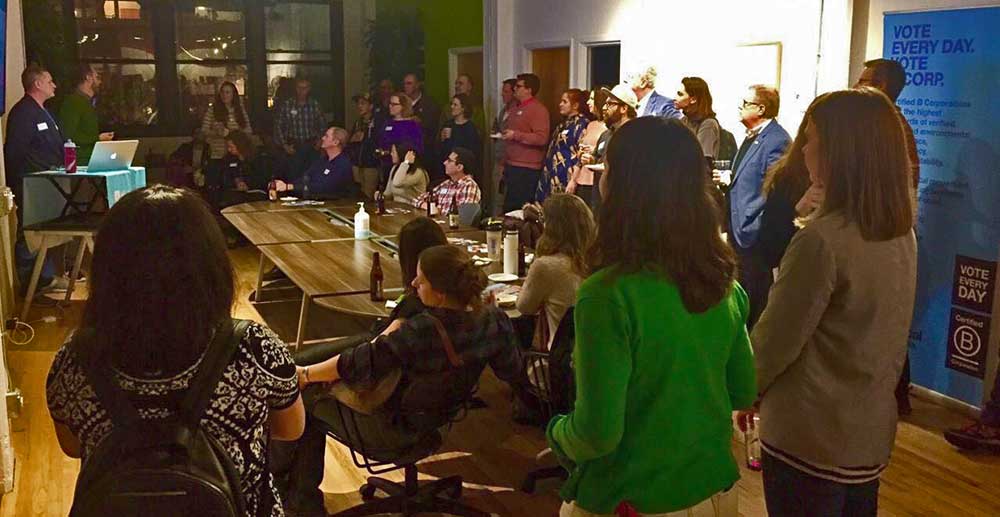
In this post, we cover five ways that organizations across sectors can create shared value for their stakeholders—customers, community, workers, the environment, and so on.
Shared value is one of those vague, esoteric terms that people often use to describe using business for good. To the uninitiated, it can bring up many questions:
- What is shared value?
- Who benefits from shared value?
- And how, exactly, is it shared?
- How should I incorporate it into my own practices?
Creating shared value is a key part of designing an impact business model, which any organization can do. However, unless you regularly follow impact business and social innovation trends, it might be hard to understand how creating shared value can benefit both a business and its stakeholders. You might also struggle with how, specifically, you should incorporate this into your own organization.
Redefining Value in Business
Under the banner of serving shareholders first, businesses have compartmentalized their liabilities. Typically costs that are outside of a company’s immediate purview—for example, the quality of the air in the towns in which they operate, the healthcare costs of their employees—are considered externalities. Economic theory based on shareholder primacy says that corporations should limit the cost of externalities to return more money to shareholders. But this has led us to the crucial tipping point that we find ourselves at today.
— Christopher Marquis, Better Business: How the B Corp Movement is Remaking Capitalism
In 1970, economist Milton Friedman published his now famous New York Times magazine essay, The Social Responsibility of Business is to Increase its Profits. Its claim, simply put, was that the purpose of a business was to make money above everything else. This led to decades of “shareholder primacy”, where companies maximized returns to shareholders while often ignoring stakeholders, like their employees and the communities in which they reside.
Now, fifty years later, Friedman’s perspective seems myopic in retrospect. Maximizing shareholder value has led—directly or otherwise—to a slew of “wicked problems”:
- Growing economic inequality
- Inadequate action on the climate crisis
- Over-consumption
- Plastic pollution (much of it single use) strangling marine life and entering the human food chain
- Massive biodiversity and species loss
- Lack of data privacy and AI ethics
- Longstanding social inequalities
- Growing concerns about not having resilient systems to respond to these and other mounting or immediate crises (like COVID-19)
Creating Shared Value in the 2020s
We need to stop confusing value with price and instead recognize the collective efforts that go into value creation. The sharing of rewards must occur among all value creators: public institutions, private institutions, and civil society. Otherwise, we end up socializing risks and privatizing rewards.
— Mariana Mazzucato, What Role Should Business Play in Society?, Harvard Business Review
However, an increasing number of business leaders have realized a key truth. In order to create a fair and just society that works for everyone, we must embrace our interdependence with one another and with the planet that nourishes us and gives us life. Doing this requires that we create value in ways that go above and beyond traditional business models like those admired by Friedman and his followers.
To redefine value we must think more broadly in terms of the assets or “capital” a company produces. The Regenerative Enterprise Institute lists eight forms of capital or “valuable resources” that organizations produce:
- Social Capital in the form of influence or connections
- Material Capital in the form of non-living resources, such as computers, timber, bridges, technology, etc.
- Financial Capital in the form of, well, money
- Living Capital in the form of animals, plants, land, and so on
- Intellectual Capital which manifests itself in knowledge assets like original research, workshops, and the like
- Experiential or Human Capital in the form of projects completed or a team’s collective wisdom
- Spiritual Capital that comes from spiritual attainment and inner peace
- Cultural Capital which is the shared internal and external processes of a community
Understanding this, we can see many other ways an organization might produce shared value for all stakeholders above and beyond just the monetary exchange of goods and services. Fortunately, we have an ever-expanding set of tools, frameworks, and examples to transform how they operate.
Five Ways Companies can Create Shared Value
The following practices are proven ways to help organizations of any stripe create shared value.
1. Design for Impact
Prioritizing both design thinking and systems thinking can help companies improve outcomes with a focus on broader, more equitable stakeholder experiences. This requires a large, but not insurmountable, cultural shift for many organizations.
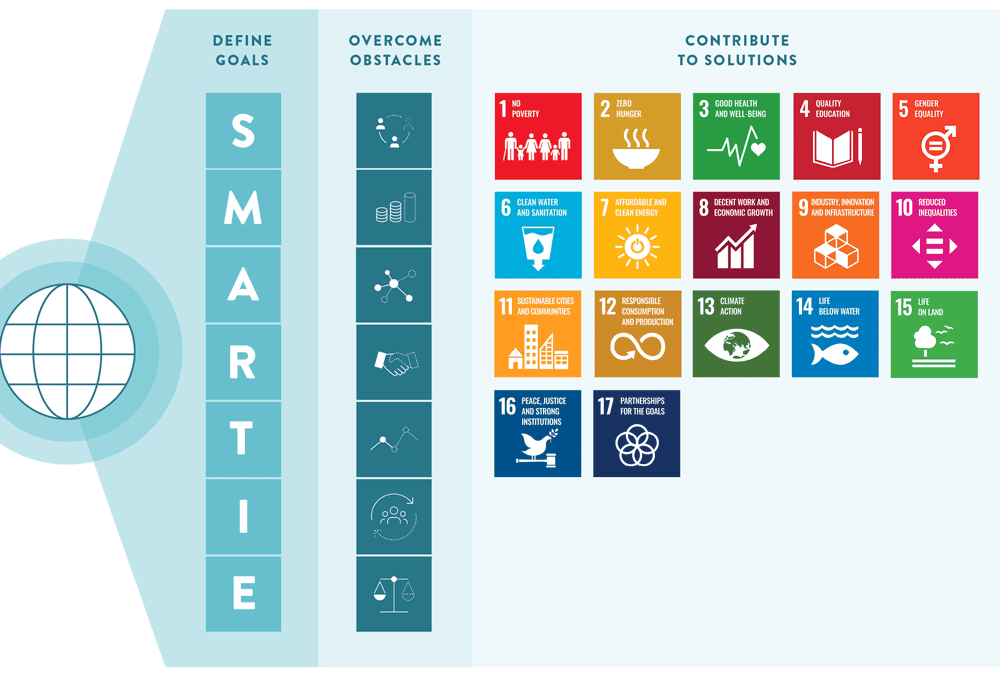
For example, the UN Sustainable Development Goals (SDGs) provide a framework for exploring how to integrate social and environmental solutions into your company’s core business. The SDGs can inspire teams to co-create previously unimagined business models, products, services, and partnerships that generate social, environmental, and business value.
Additionally, many of the companies we know that are ahead of the curve on creating shared value are Certified B Corporations. B Corp certification helps measure and manage your company’s positive impact on workers, community, customers and the environment by assessing the impact of both your company’s day-to-day operations and your business model.
However, to ensure solutions meet the real needs of actual stakeholders, use the SMARTIE framework below for setting goals:
- Strategic: Make sure the goal is aligned with your organization’s strategic priorities.
- Measurable: Include standards to help teams define whether or not a goal has been met.
- Ambitious: Make it challenging enough to represent significant progress when met.
- Realistic: Yet don’t make it too challenging so as to be unreachable with the resources at your disposal.
- Time-bound: Give it a clear deadline.
- Inclusive: Collaborate with marginalized people—especially if they are impacted by your solution—to share in decision-making when crafting policies or processes.
- Equitable: Address systemic oppression, injustice, or inequity.
Take Action: Check out the SDG Action Manager, a free tool to help you track progress toward specific SDG targets.
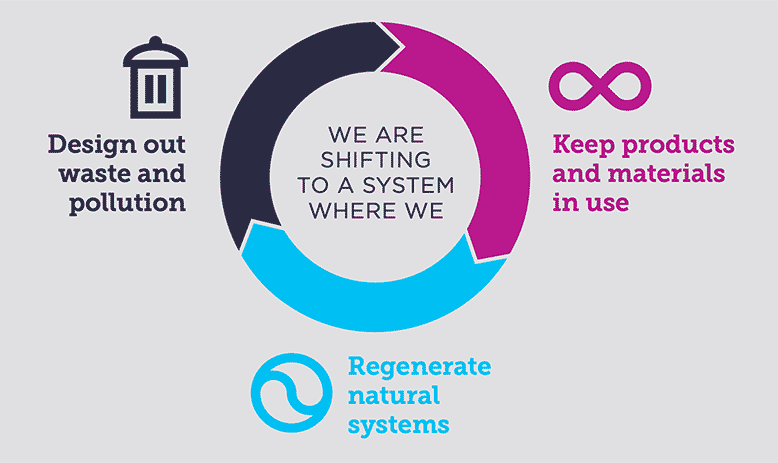
2. Adopt Circular Production Models
The circular economy offers trillions of dollars in financial opportunities while also significantly reducing waste and greenhouse gas emissions. Here are several examples of how some companies do this:
- A few years ago, a friend of ours at Cisco looked at old servers and designed a project to refurbish and sell them instead of disposing of them as e-waste. This project led to a broader circularity program applied to other areas like design and supply chain.
- Chicago-based Rheaply won the Sustainable Purchasing Leadership Council’s leadership award for advancing the circular economy with its system to track and share (rent, sell, trade, donate) assets within an organization or across Rheaply’s customers.
- Cahoots Co is a NYC-based startup that rents a seasonal wardrobe of kids clothing. The model is designed to be circular by mending clothes with unique designs that keep the items fashionable despite many wears and users.
Circular Economy Goals
Examining how current products can be made more circular is the gateway to incorporating broader circular design practices into your organization’s products and services. As noted by the Ellen MacArthur Foundation graphic above, the goals of a circular economy are to:
- Design waste and pollution out of a product or service’s life cycle.
- Maximize a product’s material lifespan with an emphasis on reuse.
- Regenerate natural systems wherever possible through reducing greenhouse gases, replenishing biospheres, and so on.
Certainly, repeated upcycling or recycling without downcycling—where a product’s recycled materials are lower value or quality than the originals—are key to circular economy success. Fellow Certified B Corp Looptworks explains why this is important. Ultimately, the objective is to create regenerative natural systems through more thoughtful design and production.
Take Action: Check out IDEO’s Circular Design Guide for a series of human-centered design methods that can move you toward more circular practices.

3. Provide Equitable Access to Data and Technology
Equitable access is both a global and local concern. Currently, about half of the world’s population isn’t online. Many face obstacles because connectivity isn’t available or devices are too expensive. Lack of access to information is just one facet of an increasingly complex data inequality landscape.
During the 2020 outbreak of COVID-19, companies like Zoom offered their software for free to K-12 schools in the US. Offering free software built a lot of goodwill and helped many parents and kids (those with devices). Also, B Corps around the world sprang into action to help their communities. This post on B the Change highlights just a few great examples.
Moreover, data privacy regulations like Europe’s GDPR and the California Consumer Privacy Act (CCPA) are forcing companies to react to legislation. Companies that get ahead of regulation can win consumer trust by going beyond compliance to protect our data.
This means both strong cybersecurity and good practices for selling and sharing data. It also means keeping tabs on emerging legislation, like climate disclosure regulations, greenwashing directives, and so on. Generally, organizations must adopt more sustainable data strategies to reduce risk, build capacity, and strengthen their digital resilience.
As consumer awareness rises, preferences shift into conflict with existing digital business models, triggering additional regulations. What new models will arise in response?
For many organizations, the lowest hanging fruit might be to make your websites and software accessible to people with disabilities. This is something any organization can and should do. Plus, in many countries, it’s the law.
Take Action: Unsure if your website or digital products are accessible? We have numerous posts to help.
4. Consider FATE AI
Similarly, artificial intelligence (AI) exploded into the daily lives of billions of people during the 2010’s and offers unprecedented opportunities for any organization. It is present in the form of search suggestions, email spam filters, voice-to-text, translation, directions, smart speakers, and so much more. AI’s proliferation advanced quickly. Moving forward, it shows no signs of slowing down.
However, we often don’t put users first or consider the unintended consequences of our AI work. Machine learning algorithms have evolved to make black box decisions. Hence, there’s a scramble to develop “explainability” or interpretable solutions. Teaching AI models to account for humans and other living systems is essential to making machines good partners as they evolve.
Today’s dominant use of AI is to maximize utility (often economic) with little or no consideration for the consequences. Again, AI advancement has been so fast that the race to get the technology out there was paramount. Big Tech is hiring ethicists and an increasing number of university and nonprofit researchers are contributing to this field, agreeing that AI algorithms should be:
- Fair
- Accountable
- Transparent
- Ethical
The trick is building these four principles into existing and new AI. Transparency is key in the full spectrum of how we develop and apply AI, not just in explaining algorithmic decisions. It’s time to put down the sci-fi novel and open the humanities and biology texts!
Incidentally, both points three and four above are also key components of a more comprehensive Corporate Digital Responsibility strategy.
Take Action: Fellow B Corp Coursera offers trial courses with a free account. Try AI: Ethics, Bias, and Trust.
5. Put People and Planet First
Finally, building a future of inclusive, shared prosperity requires us to rethink the way we have historically operated. Capitalism transformed in the 1970’s towards a myopic focus of maximizing shareholder value. The pendulum is swinging again, this time towards create value for stakeholders, and we’re defining stakeholders broadly.
It all starts with a philosophical and cultural shift. Certified B Corps have been doing this since the mid 2000s. There are many examples of companies helping employees, people with the greatest needs, and the general public in response to the COVID-19 pandemic. All these efforts should be applauded.
Take Action: Try out the B Impact Assessment. It’s free for any organization to use.
Creating Shared Value: Challenges and Opportunities
Creating Shared Value (CSV)… aims at optimizing within an existent frame of economic system boundaries. We won’t get to a sustainable or regenerative economy without also tackling those economic system boundaries to create new level playing fields in which industries can transform.
— Ralph Thurm, Sustainable Brands
Now more than ever, organizations across sectors are needed to create inclusive and shared value for many stakeholders, not just a few shareholders. The World Economic Forum lists the pursuit of both social and business value as a critical factor for success in the 2020’s.
Also, another critical success factor listed by the World Economic Forum is applying the science of organizational change. Change management is the connective tissue at the heart of creating shared value. Helping clients succeed at managing change is something Mightybytes has done for years.
In order to meet the opportunity these times present, organizations across sectors need to become more effective at applying tools like change management, systems and design thinking, creative problem solving, and incorporating technology in thoughtful ways.
For our part, Mightybytes’ research on sustainable web design, corporate digital responsibility, and digital sustainability are just a few of the ways we’ve prioritized a new way of doing business. However, for us to collectively succeed, all organizations must integrate design, strategy, and technology to solve core business and societal problems and build a more sustainable world. Our collective future depends on it!
NOTE: This post was originally co-authored by Mightybytes Founder and President Tim Frick and JD Capuano. It has been updated several times since its original publication date in 2020.
Check out our Latest Annual Benefit Report
Learn how Mightybytes creates shared value for people and planet.
Read the Report

